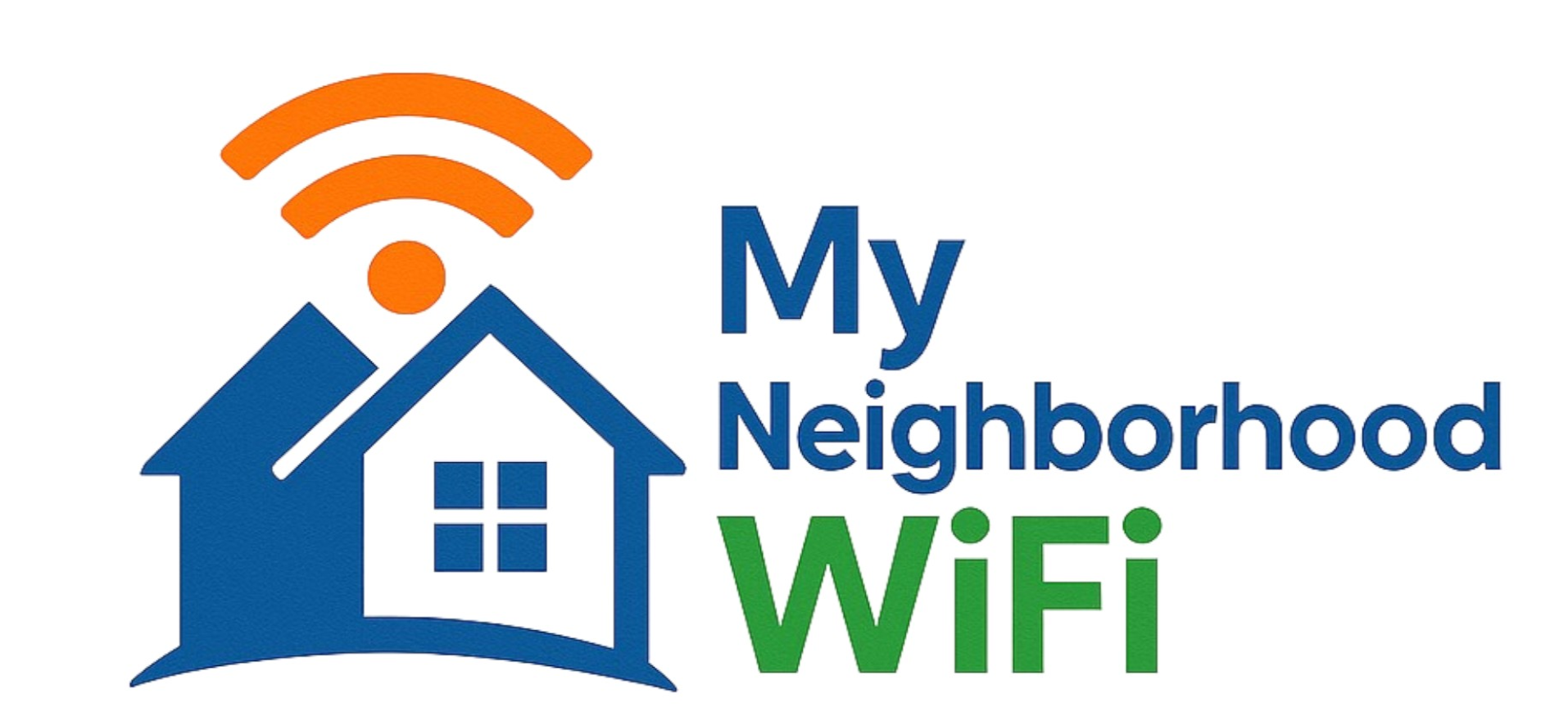
Beat the Lag with Smart Tips to Reduce Internet Latency
If you’ve ever shouted at your screen during a video call, paused mid-game because of lag, or waited way too long for a website to load, you’ve likely encountered internet latency. Latency is one of the most frustrating parts of being online, but the good news is that you can take steps to reduce it. This article will walk you through smart, practical ways to beat the lag and enjoy a smoother online experience.
What Is Internet Latency?
At its core, internet latency (sometimes called ping) is the time it takes for data to travel from your device to the server and back again. Imagine you’re having a conversation with someone across a room. If there’s a noticeable delay between when you speak and when they respond, that’s similar to latency online—things feel choppy or disconnected.
In the digital world:
- Low latency = fast, responsive interactions
- High latency = lag, delays, and frustration
Why Reducing Latency Matters
Buffering videos and slow web pages are annoying, but when real-time interaction is required, latency becomes critical. Lag can ruin:
- Online gaming – Delayed movements can cost you wins.
- Video conferencing – Awkward pauses disrupt smooth conversations.
- Remote work – Uploading, downloading, or sharing large files takes far longer.
- Streaming – Movies and shows can become a spinning wheel marathon.
Common Causes of Latency
Before fixing latency, it’s crucial to understand why it happens. Typical causes include:
- Physical distance – The farther you are from the server, the longer it takes for data to travel.
- Network congestion – Too many users online at the same time causes delays.
- Router issues – Old hardware or poor placement leads to signal loss.
- Background apps – Programs running in the background can silently drain bandwidth.
- Type of connection – Wired connections are typically faster and more reliable than wireless.
Smart Tips to Beat the Lag
1. Switch to a Wired Connection
Wi-Fi is convenient, but a wired Ethernet connection eliminates interference and provides a direct path to your network. If you notice high ping during gaming or video calls, plug directly into your router.
2. Optimize Your Router Placement
Your router’s location plays a big role in signal strength. Place it:
- In a central location
- High off the ground, like on a shelf
- Away from thick walls, microwaves, and large appliances
3. Update Router Firmware
Manufacturers release firmware updates to improve performance and security. Logging into your router settings and checking for updates can help reduce latency issues caused by outdated software.
4. Limit Background Applications
Streaming services, cloud backups, and automatic updates running in the background eat bandwidth. Close unnecessary apps before gaming, streaming, or making important calls.
5. Enable Quality of Service (QoS) Settings
Many modern routers include QoS settings, which let you prioritize certain types of traffic. For example, you can give video conferencing or gaming priority over file downloads.
6. Monitor Network Devices
Sometimes latency isn’t about your device—it’s about who else is online. If multiple devices are streaming, gaming, and downloading simultaneously, your network struggles. Limiting heavy usage during important times helps.
7. Consider DNS Settings
Your internet uses a Domain Name System (DNS) to translate website names into IP addresses. Switching to a faster DNS resolver may reduce latency in certain cases. Popular options include DNS explained on Wikipedia.
8. Restart Your Equipment
It sounds simple, but restarting your modem and router can clear out temporary issues that cause lag. A quick reboot gives your devices a fresh start.
9. Upgrade Your Hardware
Old equipment wasn’t designed to handle the demands of today’s online activities. If your router is more than 5 years old, upgrading to a newer model with features like MU-MIMO and beamforming could significantly improve latency.
10. Stay Close to the Router
Signal strength weakens the farther you are from your router. If you can, move closer during high-demand activities like gaming or video calling.
Smart Home Setup Tips for Lower Latency
With so many smart devices in homes today, each one is pulling on your Wi-Fi. To reduce the effect on latency:
- Connect smart bulbs or appliances to a dedicated 2.4GHz network.
- Reserve the 5GHz band for high-speed, low-latency activities.
- Disable Internet use on devices you rarely need online.
Internet Latency vs. Bandwidth
People often confuse bandwidth (how much data can move at once) with latency (how fast data travels back and forth). A connection can have high bandwidth but still feel sluggish if latency is high. Think of bandwidth as the width of a highway, and latency as the speed limit.
| Factor | Impact |
|---|---|
| Bandwidth | Determines how much data can flow at once |
| Latency | Determines how quickly data makes the round trip |
How to Test Your Latency
You don’t need advanced tools to test latency. A simple speed test can give you “ping” results, usually measured in milliseconds (ms). Generally:
- 0-30ms = Excellent
- 30-70ms = Good
- 70-150ms = May cause delays in gaming or calls
- 150ms+ = Noticeable lag in almost everything
Community Insights
Sometimes, the best advice comes from others who struggled with the same issues. Communities like Reddit’s Home Networking forum often share real-world solutions for reducing latency. Similarly, searching questions on Quora might reveal steps that worked for others in similar situations.
Take Control of Your Latency
Latency isn’t always in your control—things like physical distance and server performance play a role. But by optimizing your home network setup, limiting bandwidth hogs, and staying on top of updates, you can make a noticeable improvement in your online experience.
The best part? Even simple steps like restarting your router, switching to a wired connection, or changing device placement can cut down lag considerably. Give these tips a try, and you’ll spend less time waiting and more time enjoying the internet exactly how you want it—fast, smooth, and lag-free.
“Most inquiries are answered within the same day”



